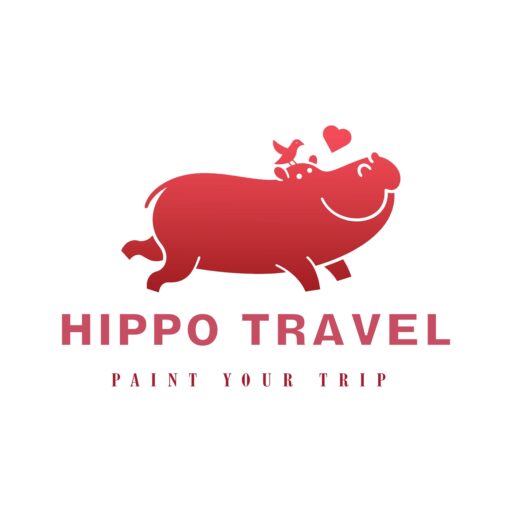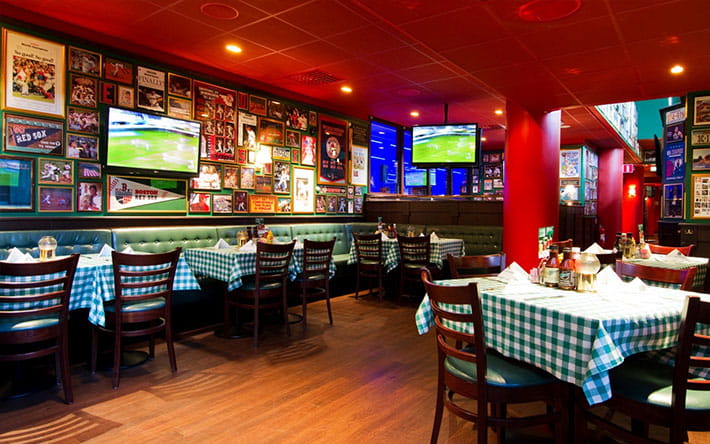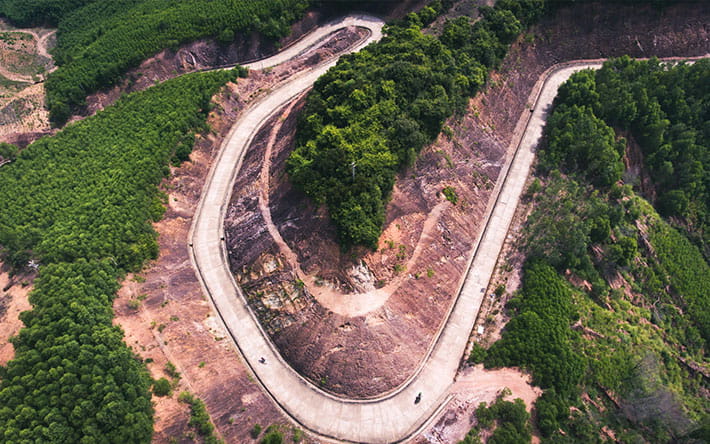Welcome To Phu Quoc
Phu Quoc is a tiny taste of tropical heaven located just in the gulf of Thailand. Once one of Southeast Asia’s last remaining hidden gems, domestic and international investment has now put Phu Quoc on the map, for better or for worse. The island’s main town is still relatively calm and laid back, and many of the surrounding beaches have clung on to their secluded charm.
Destination Highlights
- National Park
Aside from beaches, Phu Quoc also offers one of Asia’s most sensational national parks, located inside an enormous man-made biosphere. The park, built to protect the island’s rich natural biodiversity, is one of the few places in Vietnam where you can catch a glimpse of the rare dugong, as well as hawksbill and green turtles. Aside from animals, the park boasts a huge selection of flora and fauna, set amongst its various waterfalls, coral reefs and wetlands.
- An Thoi Islands
Whilst Phu Quoc’s crown as Vietnam’s best hidden paradise may have lost its lustre in recent years, you don’t have to travel far to find another. The 15 small islets that comprise An Thoi Islands are located just south of main Phu Quoc, and are the perfect combination of white sand, swaying palm trees, and sparkling waters. To visit the main island, Hom Thom (Pineapple) island, it’s possible to charter a boat from Phu Quoc’s long beach, where you can then catch boats to see the other small islands. Once on Pineapple Island, a day of sightseeing, sunbathing, snorkeling and swimming awaits you, and diving can be arranged beforehand.
Dining
Phu Quoc’s entire culture and economy was once entirely based around fishing, and only now has the lucrative tourism industry crept in. However, the very soul of the island comes from their proudest and most distinguished export – fish sauce. Love it or hate it, no one can deny that in a region where fish sauce is used like salt in the West or olive oil in Italy – having the world’s best fish sauce is quite an accolade. Sleepy fishing villages dotted along the coast all claim to have the first, or the best recipe, and the brave will be invited to try it neat – an experience which we highly recommend (after lunch).
- Goi Ca Trich
As for local dishes, Pho may be the signature dish of Hanoi, Hue beef noodle of Hue, or Cao Lau of Hoi An. So too then is Goi ca trich – Phu Quoc herring salad. Traditionally a dish of local fishermen, slices of raw herring are mixed with grated coconut, mint and onion, and then wrapped in rice paper to be greedily dunked into a dipping sauce. You can find this dish in most local restaurants or the night market.
- Bien Mai Scallop
Bien Mai simply translates as just a type of oyster. There are many ways to enjoy this delicious local scallop, such as hotpot, soup or porridge. However, our favorite way is marinated in local spices, and then grilled on charcoal with vegetables, giving them a delicious crispy exterior.
Shopping
Phu Quoc is more known for its pristine beach than anything else so do not expect an exciting shopping scene. Cho Dem Dinh Cau or the night market is probably the best place to sample local cuisines and shop souvenirs. There are also many pearl factories with exquisite craftmanship, if you are interested in jewelries.
If you want to buy something home or as gifts to friends and relatives, Phu Quoc peppers, honey and cashew nuts are the best of their kinds in Vietnam. The best place to purchase these is to visit the pepper orchards and get them directly fresh and tasty.
Accommodation
Thanks to its growing popularity amongst travelers, the island is teeming with accommodation options that suit any budget and style. As with everywhere else in the world, sharing economy site Airbnb is increasingly prominent and accommodation listed can vary tremendously from cheap, simple rooms in someone’s house to boutique villas in the countryside.
However, traditional sites such as Booking.com and Hostel.com also boast countless options. Central rooms in a budget hotel can start at as little as 7USD per night, with more luxury accommodation fetching easily into the hundreds.
Transportation
There are daily domestic and international flights connecting Phu Quoc and the rest of the country/world. Tourists from most countries can stay in Phu Quoc for 30 days without visa.
Like most cities in Vietnam, it’s not hard to find taxis and motorcycle taxis which are everywhere and anywhere. Many taxies also have a day tour service where they can take you to see the essentials of Phu Quoc for a day and the cost is around $30/car.








